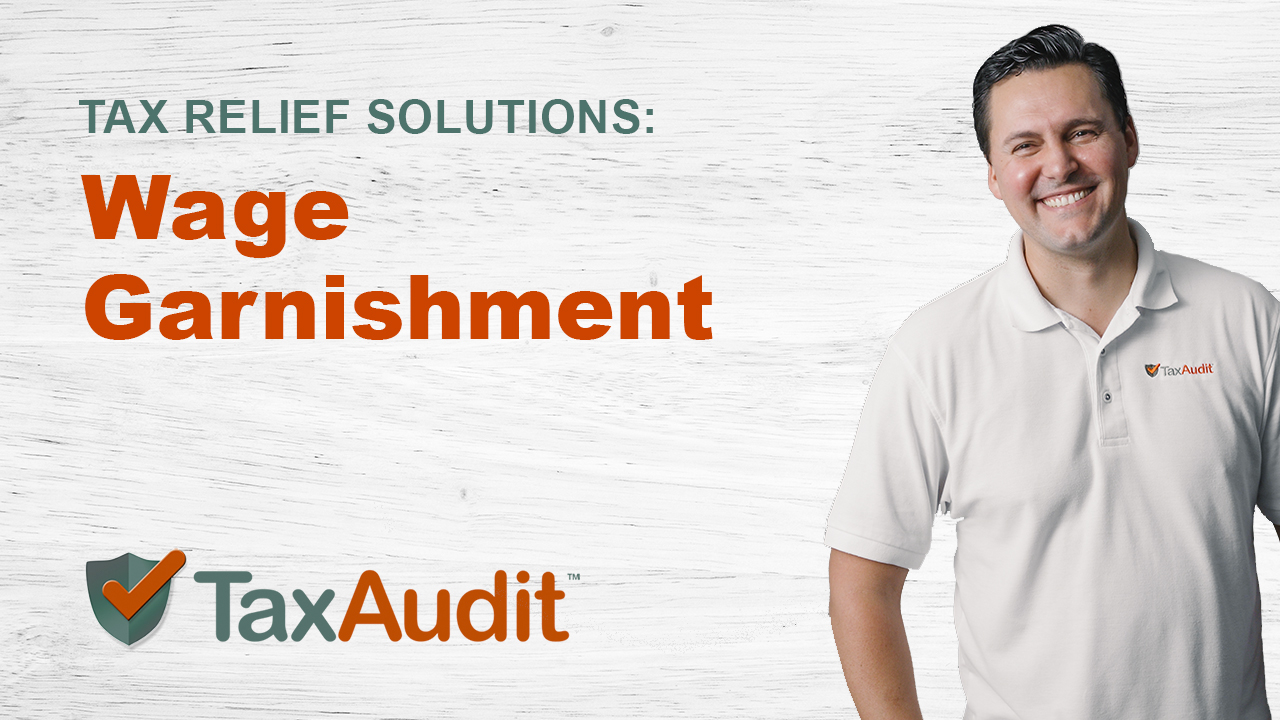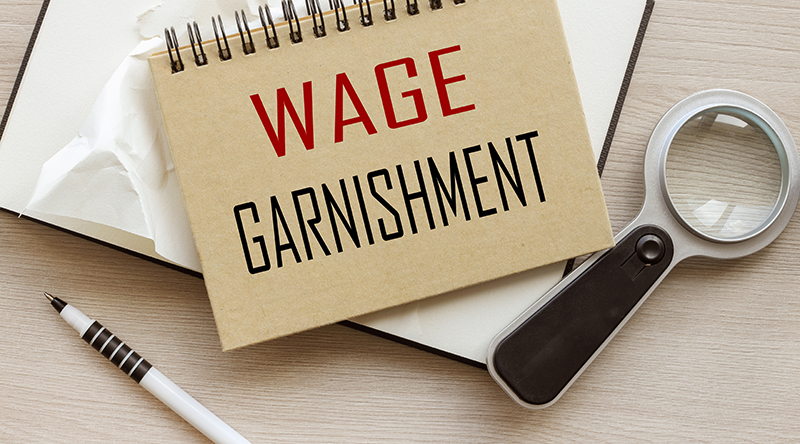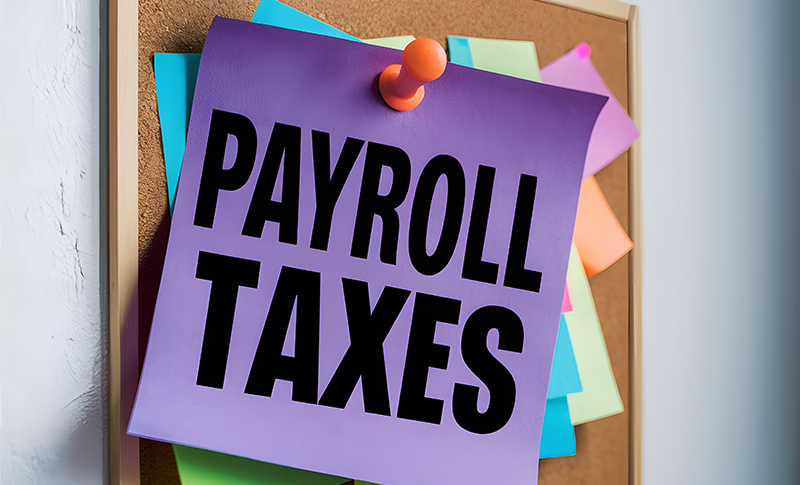How to Stop Wage Garnishments
September, 10 2024 by Kaylie Jonutz
Experiencing wage garnishment can be financially crippling and emotionally distressing. It can cause economic hardship, making it difficult for taxpayers to afford their monthly bills and payments. If you are facing wage garnishment or are worried that the IRS may enact this levy on your wages, continue reading to learn more about it and how to stop it.
What is wage garnishment?
Before discussing this topic, let's first define wage garnishment. Wage garnishment is a type of levy that the IRS and some state taxing agencies can use to collect part (or all) of your paycheck to pay off your overdue back taxes.
It is important to note that there is a formula the IRS uses to determine how much of a taxpayer’s wages are garnished. The formula uses exemptions and takes other sources of income into account to figure out how much of a taxpayer’s total wages can be levied. While the IRS can levy your entire paycheck, this is rare.
How can I prevent wage garnishment before it occurs?
Before the IRS can garnish your wages, they will send a Final Notice of Intent to Levy, which warns you that the IRS may seize your property to settle back taxes. This notice is serious, and immediate action is required upon receipt. The best action you can take is to call the number on the notice immediately to pay in full. If you cannot pay the balance due in full, your best alternative is to request a Collection Due Process Hearing.
If you are considering requesting a Collection Due Process Hearing, you must ask for the hearing within 30 days from the date on the notice to avoid the IRS from acting. Additionally, when requesting a Collection Due Process Hearing, you can ask to pay your back taxes through an alternative method, such as an installment agreement or an Offer in Compromise.
To learn more about the Collection Due Process Hearing and whether it's the right step, click here to read one of our previous blogs on this topic.
If you miss the 30-day window to request a Collection Due Process Hearing, the IRS may begin the wage garnishment process. Once your employer receives the wage garnishment order, they are required to continue the wage garnishment until they receive a formal release letter from the IRS.
The IRS has already enacted a wage garnishment; what should I do now?
If the garnishment process has already begun, you still have the opportunity to contact the IRS to negotiate a payment alternative and request that the garnishment be released. You can take steps to prepare to discuss repayment options with the IRS. Gathering all the necessary information and documentation will streamline the process. Here are some steps you should take to get started.
- File any unfiled tax returns, if applicable.
The IRS may not consider negotiation of repayment if you have any unfiled taxes. If you have any overdue tax returns, you should prepare them (or have someone else prepare them) and file them as soon as possible.
If you have recently filed tax returns that are still being processed by the IRS, you can fax a copy of the filed return along with proof of filing to demonstrate that you are up-to-date with your filing. This can help expedite the process.
- Have the fax number of your Human Resources or payroll processing department on hand.
If a resolution is reached, the IRS can send the levy release directly to your employer to stop the wage garnishment.
How to stop a wage garnishment
Once you get the information in the previous section together, you are ready to contact the IRS. Listed below are some actions you can take that may help you stop your wage garnishment.
- Propose a collection alternative.
These alternatives may include an installment agreement, an Offer in Compromise, or other tax debt relief options. If the IRS Automated Collection Unit handles your case, you should contact them and be ready to provide a copy of any recent back tax returns you filed and the fax number to your Human Resources or payroll processing department.
Generally, when it comes to wage garnishments, you will need to complete a Collection Information Statement – either Form 433-D or Form 433-F – if you request an installment agreement or Offer in Compromise. You can read more about installment agreements by clicking here. To learn more about an Offer in Compromise, click here.
If you are unsure which route is best for you, you should hire a tax professional to help you determine the best collection alternative. At the end of this blog, we provide information on how to contact us so that a licensed, world-class tax professional can assist you in your case.
- Prove that your wage garnishment is creating an economic hardship.
Experiencing wage garnishment can significantly impact your finances. You can request a levy release if the garnishment causes immediate economic hardship. However, you are still responsible for the amount owed. The IRS can help you set up a payment plan or explore other options. You will need to submit a Collection Information Statement to the IRS to demonstrate financial hardship.
- Pay the tax bill in full.
Although not always an option, paying off your tax debt to the IRS is one way to stop wage garnishment.
- Your statute of limitations on collecting the tax due has ended.
The IRS has ten years from the date the tax is assessed to pursue collection. Once the ten years are over, the IRS can no longer collect your tax debt. Keep in mind certain actions can pause the running of the statute.
- Contact Tax Debt Relief.
Contact us immediately if you are currently dealing with a wage garnishment and want assistance stopping it. Our Tax Debt Relief team program can help! Our experienced tax professionals specialize in resolving IRS collections issues and work towards achieving the best outcome for our clients.

Want to learn more ways to stop wage garnishment? You can read one of a previous blog on this topic by clicking here.




